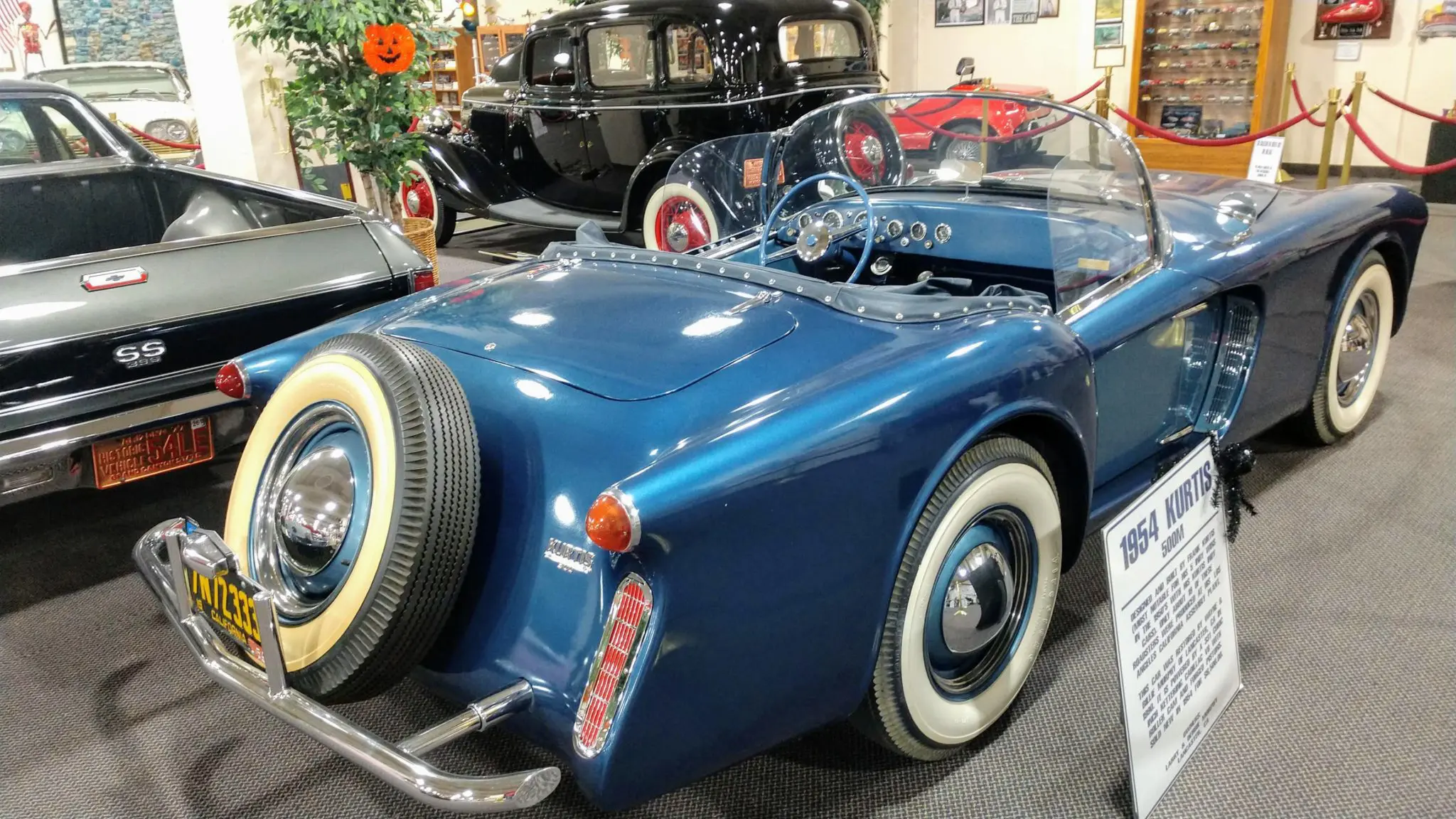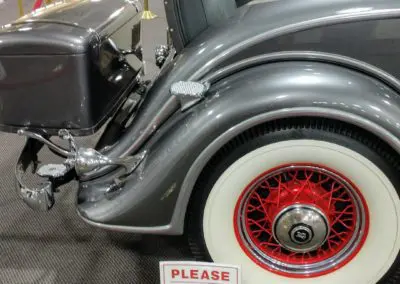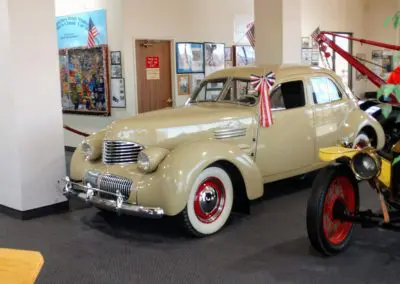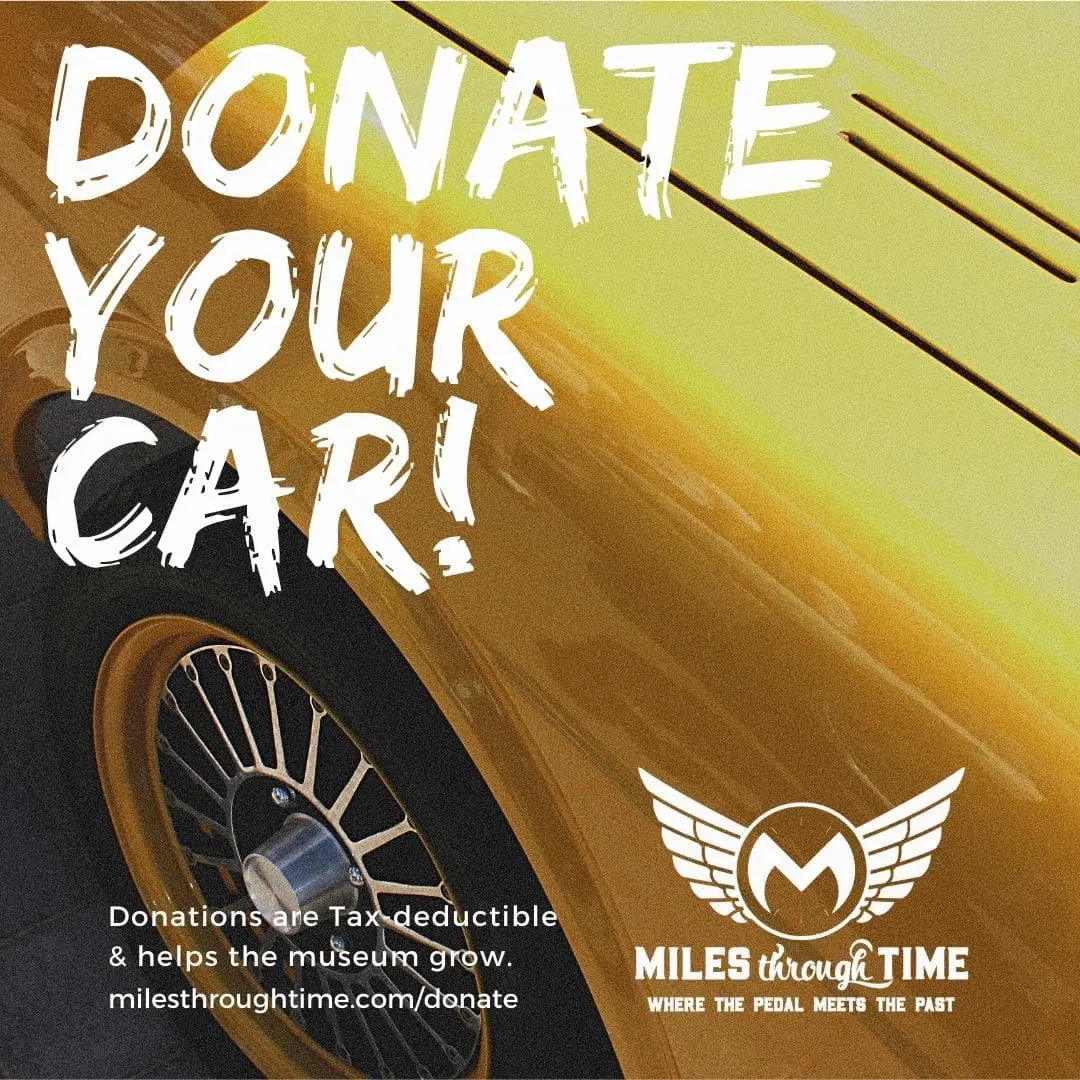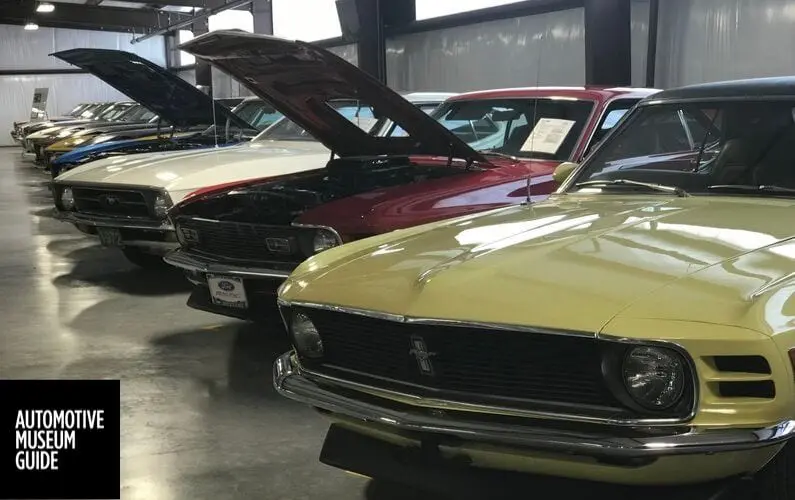Visit Laughlin’s Car Museum

“big enough for a solid two hours’ of entertainment”
Detroit may have long been the center of the automotive industry in this country, but until carmaking was reduced largely to the Big Three, a lot of the industry was centered in the Capital of the car culture, southern California. Don Laughlin’s Car Museum, in Laughlin, at the southern tip of Nevada, is just close enough to that cultural hub to benefit from a number of examples of what went on there in the years before we were reduced, however briefly, to just Ford, Chrysler, and General Motors.
The first car on display as I entered the museum in October 2021 was a Kurtis 500M roadster. Frank Kurtis, originally a designer of “midget cars” and later of Indy cars (including five winners) started his manufacturing in Glendale in the late 1940s; when he realized he couldn’t make the numbers work, he sold the business, but later gave things another try with the 500M. The car on display here is one of fewer than 20 that were built before that venture, too, ended.
The buyer of his first manufacturing foray was “Mad Man” Muntz, who turned the two-seat Kurtis sports car design into the four-seat Muntz Jet, produced from 1951 to 1954. A smooth red convertible example is the next car on display. He also swapped the Ford engine Kurtis had used for a Cadillac power plant.
After selling 400 cars and losing about $400,000, “Mad Man” Muntz called it quits. His Muntz Jet, though, influenced the lines of later American sports cars, including the one survivor of that group, the Corvette. (A friend of mine, who spent his earliest years in Glendale, remembered “Mad Man” Muntz from his weird, wacky television commercials. I spent my childhood in North Texas, so my memories are of a used car dealer named Art Grindel — “I want to sell you a car!” — who, for some reason, advertised heavily during Saturday morning kiddie shows.)
Laughlin’s Car Museum is billed as having between 80 and 100 vehicles, but there’s room in this space on the third floor of the Riverside Hotel for only about 30 cars (plus a handful of motorcycles and one horse-drawn cart with a Hollywood history). Not the biggest collection I’ve seen out west, but big enough for a solid two hours’ entertainment, and also one of the best bargains around. I don’t know what the rest of the collection consists of, but one thing I liked very much about this exhibition is that, in addition to the unusual Southern California cars, almost everything on display is geared to the Everyman market.
Not a Rolls-Royce or Mercedes or Deusenburg insight here (and sadly for me, no Jaguars), only one last-of-the-line Cord and a couple of Cadillacs (oh, and one custom-made ’77 Lincoln convertible). These are all cars that, had I been around between the ‘20s and the ‘50s, and had I been of average means, I could have driven myself. Maybe a 1933 Buick would have been kind of a stretch, but I could see myself shelling out $995 to get the optional rumble seat and dual side-mounted spare tires.
These cars, despite each being beautifully restored, are exemplary daily drivers of the middle class in America. Here and there an aspirational vehicle, like the 1950 Cadillac; or a working vehicle, like the ‘30s-vintage tow truck; or a specialty vehicle like the 1915 Ford racer. But mostly, you see Fords, and Chrysler products, and GM cars, plus other brands still widely known despite their demise in the market: Studebaker, Packard, Plymouth, Oldsmobile, Pontiac. (And, I should mention, some of them are for sale. So if you’re in the market for a Model A or a Franklin …)
One other unusual car caught my attention here: a 1904 Holsman, manufactured in Chicago. It’s a “high-wheeler”, really a horse-cart with a small engine mounted underneath. It’s unusual in that it uses two hemp ropes to drive the rear wheels. This seemed, on first thought, a good idea for the time; after all, rope was cheap and readily available in every farmhouse and shop in early-20th-Century America. It could easily be replaced. But then I thought, how would you join the two ends together on the new rope? You surely wouldn’t want a big ol’ knot going around the pulleys that moved your car. Alas, the exhibit didn’t elaborate on this point.
It’s a mystery.
By Passepartout22
Automotive Museum Guide Contributor
Images by Passepartout22
.
Sign up for updates
YOU MAY ALSO LIKE
Visiting Keystone Truck and Tractor Museum
The Keystone Truck and Tractor Museum in Colonial Heights, Virginia is a fantastic automotive museum full of over 150 antique tractors and more.
Visiting the Tampa Bay Automobile Museum
The Tampa Bay Automobile Museum is a must stop place if you're in the Tampa, FL area. If you're cruising out of Tampa take a few extra hours and stop by.
The Panoz Museum
The Panoz Museum in Hoschton, Georgia, is a must-stop for any automotive enthusiast, especially race fans. Not only is the Panoz handmade right on site, but they also display various models in the museum, as well as some of the actual race cars and racing...
Visiting the Mustang Museum of America
I recently had the opportunity to visit the Mustang Museum of America in Odenville, Alabama and I've got to say I was really impressed especially once I was told how recently the museum started.
automotive museum guide
get updates
Sign up to get updates about automotive museums right to your mailbox. Don't miss a thing. It's FREE.
